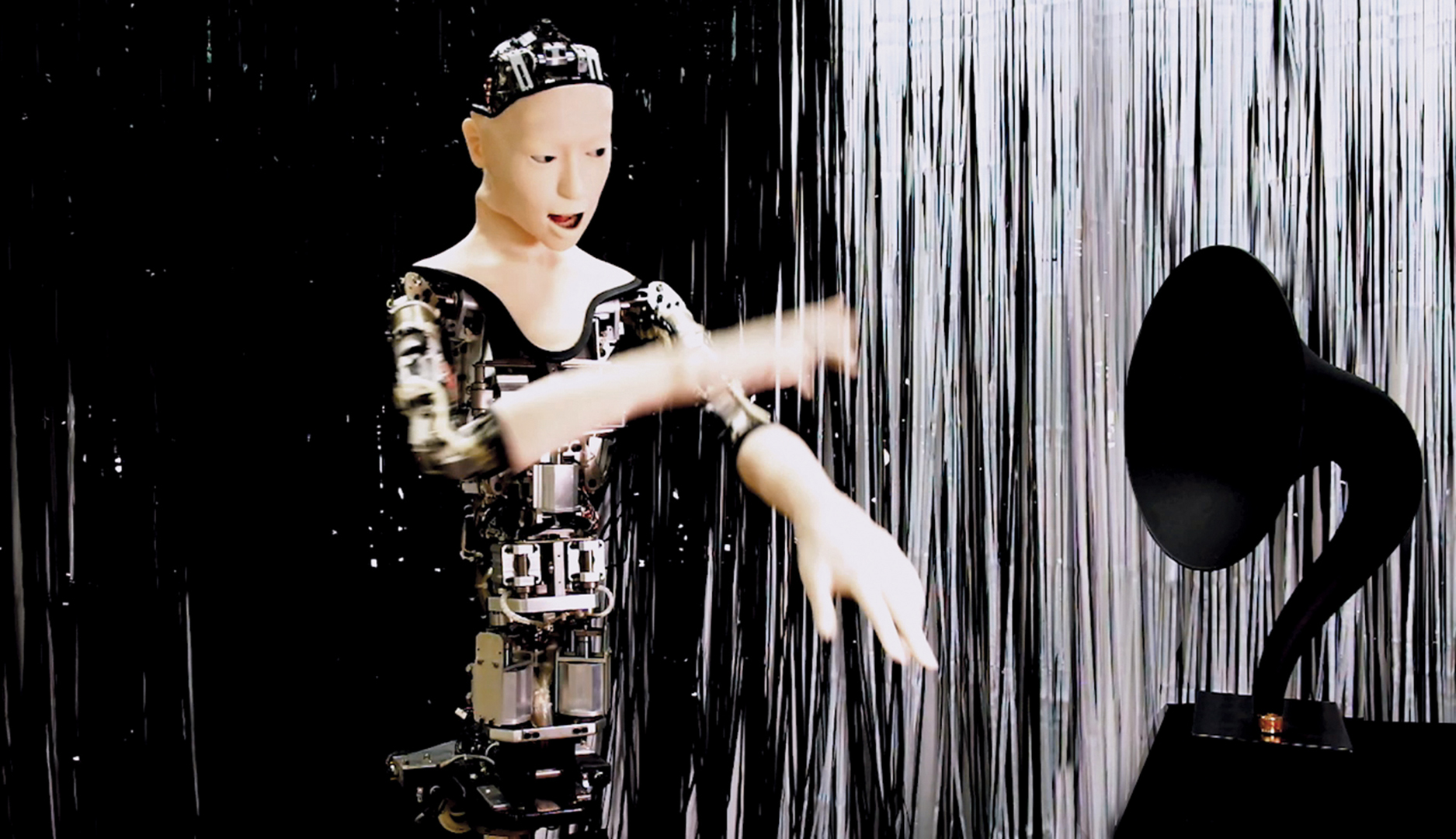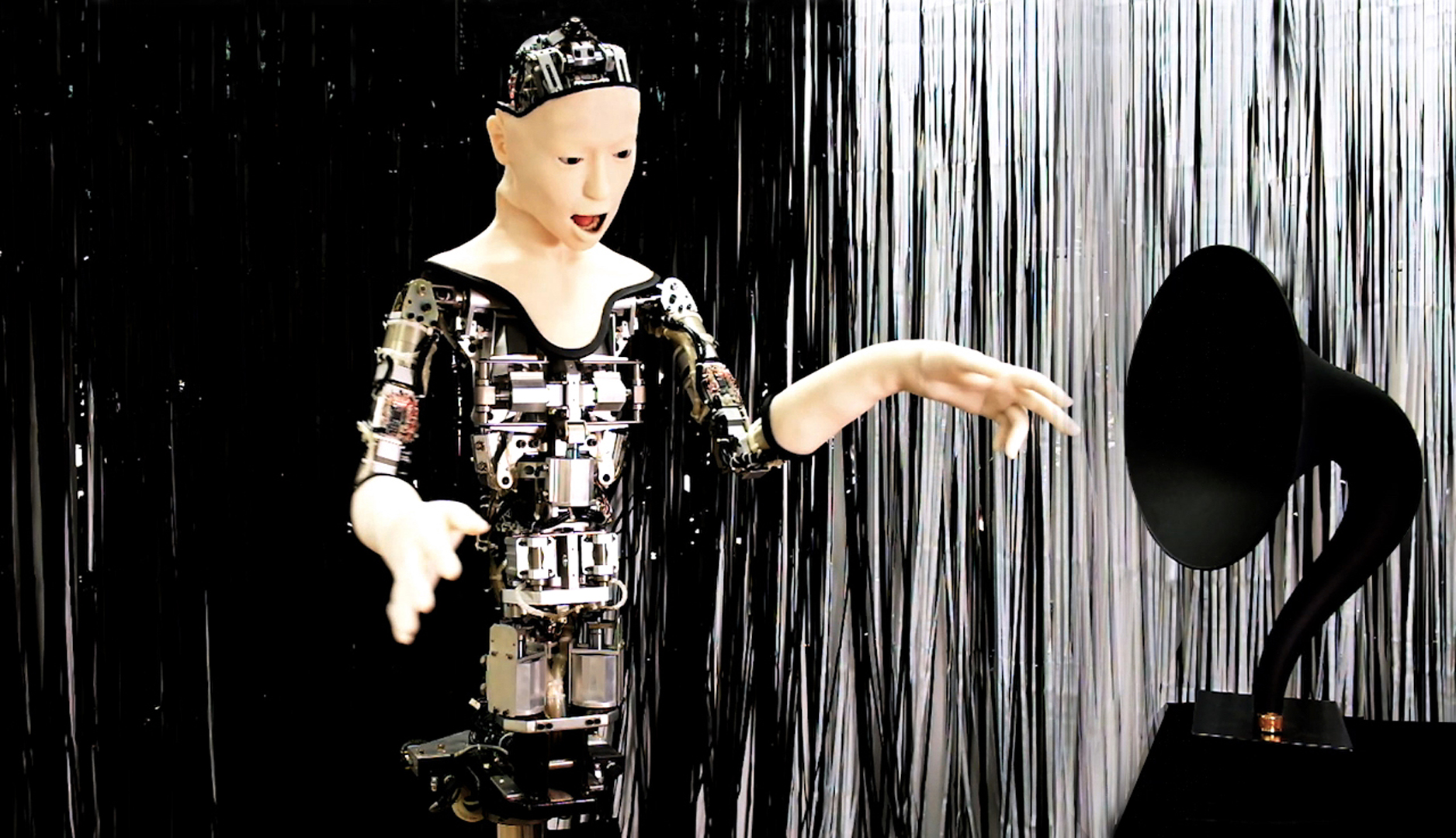Omikuji
Symposium:
Session Title:
- Robotic Art
Presentation Title:
- Omikuji
Presenter(s):
Venue(s):
Abstract:
An AI robot tells your fortune.
Omikuji are short personal fortunes obtained at Japanese temples and shrines. Exhibition visitors are invited to play the artists’ ‘Belief Machine’. You can receive omikuji in the form of a personal mini sound-artwork, made by the robot and delivered directly to your phone!
Omikuji began as a live-stream event taking place between Japan’s National Museum of Emerging Science and Innovation (Miraikan) and major international art precincts. It is part of Knox + Watanabe’s art–science experiments Alter versus Deep Belief.Alter is an android robot with an experimental AI system that is stimulated by sensor input. It is created by Ikegami Lab and Ishiguro Lab. Alter can sense, learn, and sing. It uses a self-organising neural network to classify its surroundings. Such AI strategies include deep belief networks, through which machines determine certain inputs to be believable. Alter is beginning to believe things about the world.
Knox+Watanabe make art–science projects exploring sensory and computational perception and conviction in robots and artificial lifeforms. We observe how a nascent robot learns and embodies its ‘beliefs’. If the goal of artificial neural networks is for machines to discern phenomena in a humanlike way, Alter is outputting its discernment of sensory data via its machine body; by this performativity, its belief and behaviour evolve.
In robotic intelligence that mimics human ‘deep belief’, machines are trained to recognise characteristics and then to recreate (infer) them by probability, eventually being able to perform classification tasks. They ‘think’ in layers of computational variables which are inferred from initial, lower layers of direct-measured values — yet each sub-network can only ‘see’ the one that came before it. Layer by layer of accumulated belief, the deep layers of the machine-brain act as truth filters (‘feature vectors’), guiding the learning process.
Belief systems are maximally contentious in our globalised world, and are important to both the inter-harmony and the preservation of culture/s. We create artworks to uncover and express the layers of Alter’s budding belief system, in their naïve mutability and contingency, even their idiosyncrasy.
People may be prompted to ask: How are we transmitting our beliefs to and through machines? How sure are we in our beliefs? How soft are they, and how hard?
Sponsorship/Support:
- Waseda University









